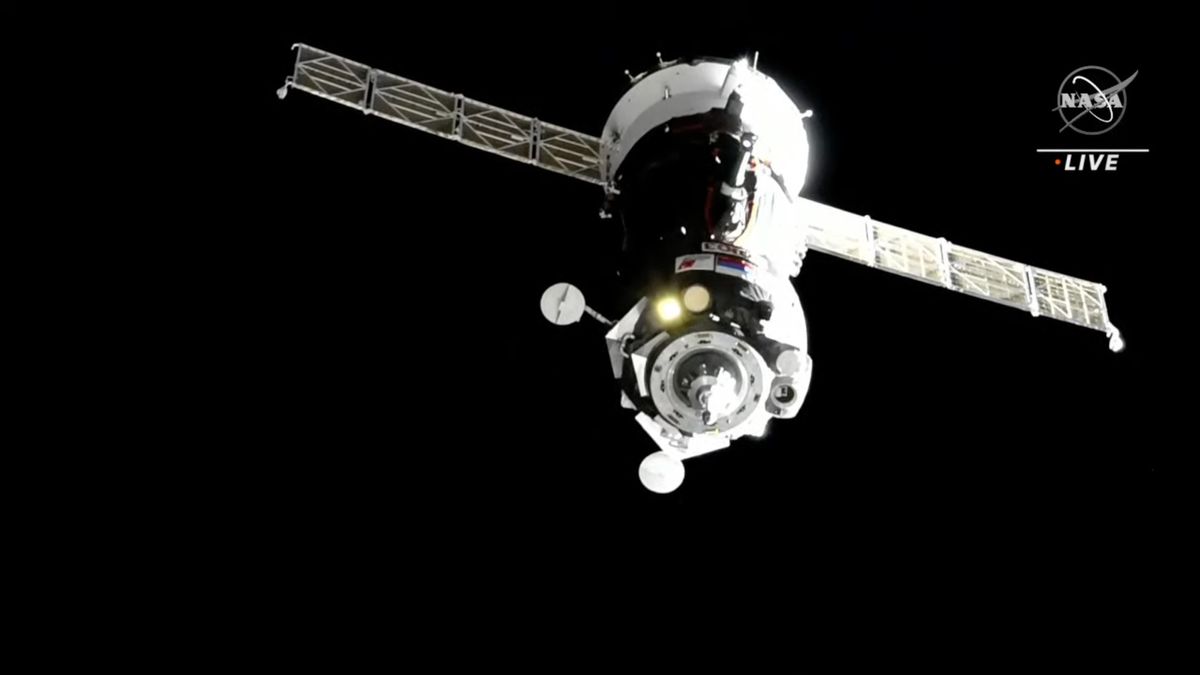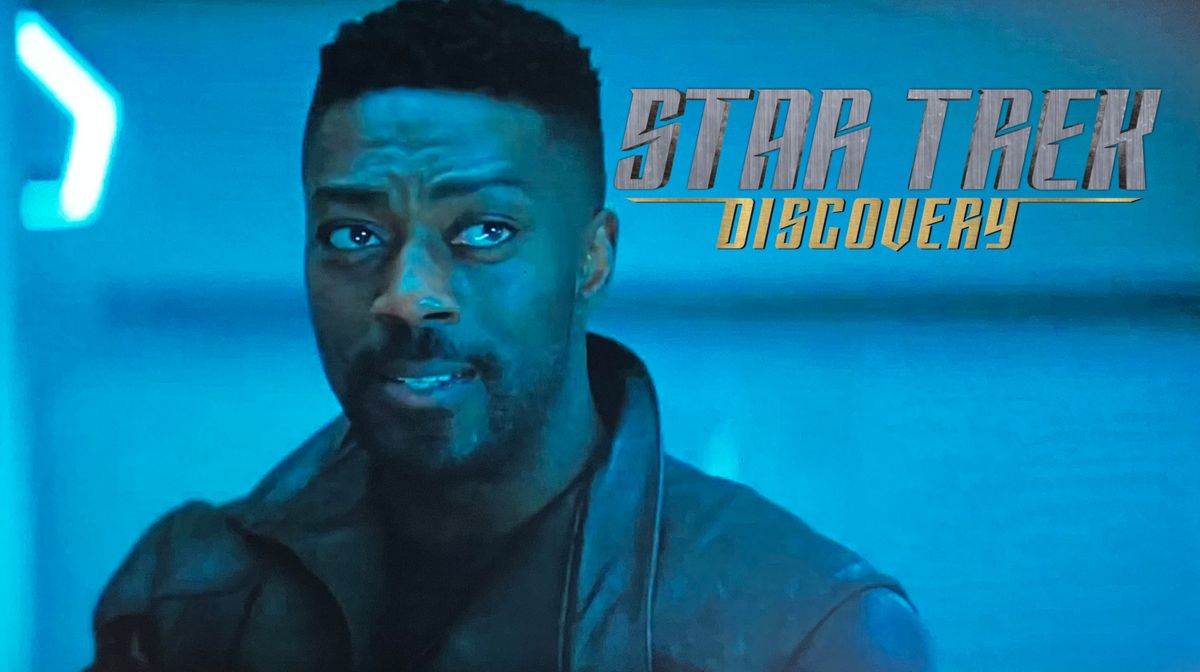The Art of Autonomous Docking in Space
Docking one spacecraft with another is a highly complex and delicate process that requires a series of precise maneuvers. Any misstep in the docking procedure can lead to a catastrophic collision and mission failure. This challenge becomes even more daunting when attempting to achieve automatic docking without human intervention.
While automatic docking in Earth’s orbit is feasible, creating truly self-driving autonomous spacecraft capable of planning and executing their own docking maneuvers poses a significant technological hurdle. Most current spacecraft lack the capability to autonomously plan and execute docking procedures. However, researchers have proposed a solution: leveraging artificial intelligence systems similar to those powering advanced chatbots like ChatGPT.
Evolution of Docking Maneuvers
Efforts to develop computer systems capable of performing docking maneuvers date back to the early days of the Space Age in the 1960s. One of the major obstacles in enabling spacecraft to calculate precise trajectories for docking has been the need for substantial computing power. In scenarios where a spacecraft is attempting to dock without direct communication with Earth or ground control, onboard computers must perform complex calculations with limited computational resources.
According to Simone D’Amico, a professor of aeronautics at Stanford University and one of the researchers involved in the project, ensuring the reliability of autonomous systems billions of miles away in space necessitates the development of onboard computer systems capable of handling the intricate calculations required for successful docking maneuvers.
The Role of Artificial Intelligence
To address these challenges, D’Amico and his colleagues have introduced an innovative approach based on artificial intelligence known as the Autonomous Rendezvous Transformer (ART). Drawing inspiration from the Transformer architecture utilized in machine learning models like ChatGPT, ART applies this technology to spacecraft trajectories rather than text data.
By implementing ART within the onboard hardware of spacecraft, researchers aim to enhance autonomous docking capabilities. While the technology is still in its early stages, initial tests conducted through computer simulations have demonstrated promising results. The next step involves validating ART’s performance in a simulated space environment before transitioning to real-world orbital testing.
The findings of this research were presented at the IEEE Aerospace Conference in March 2023, following the publication of a preprint on arXiv in October 2023.
Image/Photo credit: source url





